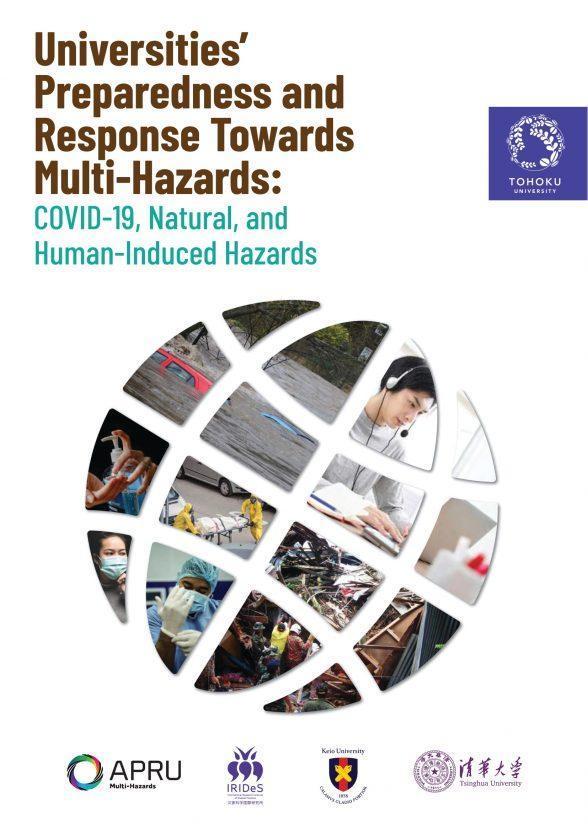
Preface
The experience of the COVID 19 pandemic reminded us that hazard risks are not only natural, but also include different types of hazards such as biological, chemical, industrial etc. It is crucial to understand these various types of hazard risks and take proper preparedness measures to ensure effective response efforts.
The scope of the Sendai Framework for Disaster Risk Reduction, adopted at the United Nations World Conference on Disaster Risk Reduction in 2015, emphasizes that “the present framework will apply to the risk of small-scale and large-scale, frequent and infrequent, sudden and slow-onset disasters caused by natural or manmade hazards as well as related environmental, technological, and biological hazards and risks. It aims to guide the multi-hazard management of disaster risk in development at all levels as well as within and across all sectors.” To support and implement the framework, we are required to incorporate both natural and anthropogenic hazards as well as other types of hazards such as pandemics in our disaster management strategy. Further, we must adopt a comprehensive approach which encompasses all hazards. Universities in particular need to consider adopting this approach as they keep explosive, chemical, and hazardous materials on campus and are responsible for numerous students, staff, and faculty. In addition, the impact on neighboring communities could also be tremendous if any incidents occurred on campus.
The year 2020 was extremely challenging for universities, faculty, and students in education. Due to the COVID-19 pandemic, our regular classes, educational programs, field visits, etc. were tremendously restricted. Students, faculty, and administration staff were struggling to transition teaching and learning methodologies to an online format. The lack of internet access as well as stable connectivity were the fundamental obstacles in many countries. Nevertheless, many universities have overcome these challenges and minimized the damage with innovative and cooperative solutions in such difficult circumstances. It is crucial to learn from these innovative approaches and measures on how universities have been managing this crisis.
The APRU Multi-Hazards (MH) program was jointly established in 2013 with the Association of Pacific Rim Universities (APRU) and Tohoku University in Japan. The campus safety program is a major activity of the MH program. The program includes conducting a survey to understand the status of universities’ disaster preparedness, organizing workshops to learn from each other, and compiling this case study to share the experience. At the workshop held early 2020, it was proposed to collect the case studies to learn how universities responded and prepare for the pandemic, and share them especially among university safety/crisis management offices, university staff, and faculty. The idea of this publication derives from the workshop.
The case studies aim to collect the efforts made by universities in the response and preparedness toward the COVID-19 pandemic as well as other hazards such as earthquakes, fires, and anthropogenic hazards. Further, it aims to investigate how to prepare for future pandemics and disasters more effectively. This compilation includes 26 case studies from 13 countries and region. It is critical to keep a record of what happened and success and failures to learn from the experience and prepare for the next hazardous events. We hope that this publication will be useful for universities in strengthening their current strategy and plan to reduce multiple disaster risks and respond efficiently. Further, we believe that it will enable them to establish a resilient campus against various types of hazards to protect the lives of students, staff, and faculty as well as the assets on campus.
Find out more detials about the Multi-Hazards Program here.
